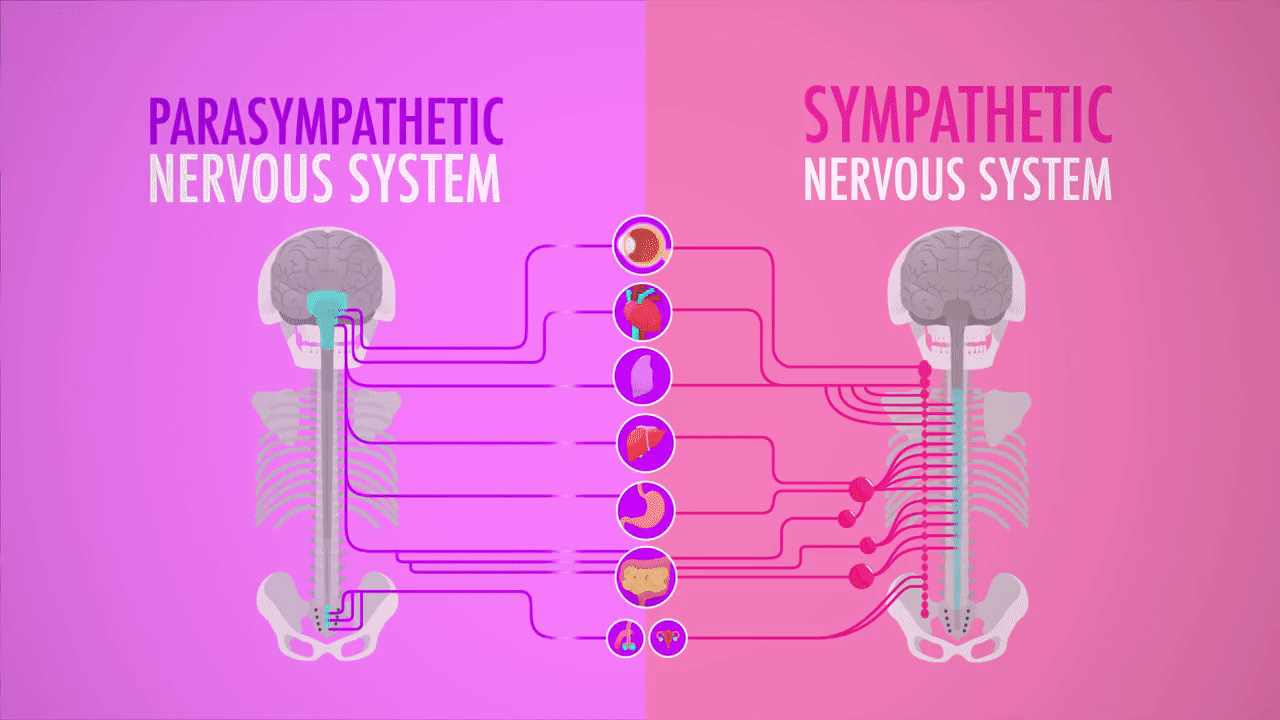Breathing and the Brain
I recently had the pleasure to read “Breath: The New Science of a Lost Art” by James Nestor. It was an excellent exploration of the impact breathing has on so many aspects of our body and brain.
“Breathing is so much more than just getting air into our bodies. It’s the most intimate connection to our surroundings.”
― James Nestor, Breath: The New Science of a Lost Art
Over the past two years, I’ve had a growing interest in mindfulness and its impact on regulating mood, focus, and stress arousal. This began as a personal journey to discover how to improve my own stress response, but like kudzu, it has grown and intertwined into every aspect of my life.
One of the foundations of mindfulness practice is breathing.
Just breathing?
“Mindfulness is a way of being present: paying attention to and accepting what is happening in our lives. It helps us to be aware of and step away from our automatic and habitual reactions to our everyday experiences.”
-Elizabeth Thornton
This seemingly simple concept has incredible benefits.
Breathing, I once thought, was very automatic. As a physical therapist with a background in biology, I was under the impression, that the autonomic nervous system —which controls the rate of breathing, heart rate, blood pressure, body temperature, digestion, metabolism, sweat, salvia, and tear production, — worked automatically. The notion that there may be some ability to impact a seemly “automatic” part of my nervous system seemed fortuitous at best.
Let me break down the Autonomic Nervous System a little more. The autonomic nervous system has two main division which supply the internal organs, including the blood vessels, stomach, intestine, liver, kidneys, bladder, genitals, lungs, pupils, heart, sweat and salivary glands.
The Sympathetic Nervous System (typically known as the Fight, Flight or Freeze system) and
The Parasympathetic Nervous System (Rest and digest system).
These divisions of the Autonomic Nervous System most often work opposite of each other. Once the brain receives information about the body and external environment, it responds by stimulating body processes, usually through the Sympathetic division, or inhibiting them, usually through the Parasympathetic division.
The Sympathetic division is the one preparing you for a stressful situation, by increasing the heart rate, widening the airways in the lungs to make breathing easier, and it causes sweaty palms, dilated pupils, and signals the hair on your arms to stand on end; it's no wonder its called the fight, flight or freeze system.
“The second half of the autonomic nervous system, the sympathetic, has an opposite role. It sends stimulating signals to our organs, telling them to get ready for action.”
― James Nestor, Breath: The New Science of a Lost Art
But how does our brain register when a situation is stressful?
Could sweating because it is warm and taking a jog that triggers increased heart and breathing rates trigger the sympathetic nervous system stress response?
These were questions I began to ask when I started to explore mindfulness and breathing in the context of my personal, social, and professional interactions.
The concept of controlled breathing looks to do just that.
Here is an example practice of guided breathing. It is by no means an extensive or expert practice, but I found this strategy very helpful for breathing control.
***Always consult your doctor before changing any breathing practice.***
I have found the following apps helpful to improve my personal practice and I have given these resources to friends colleagues and patients. There are plenty more apps to explore.
Calm app (Free breathing exercise): Breathing exercise located in the more section of the app.
Breathing app (free): Guided Breath bubble
Headspace app: Breathe mediation
Shine app: Breathing Easy Challenge
Breathwrk app: various guided breathing
James Nestor’s main principles about breathing:
Breathing through your nose, instead of your mouth
Slowing down your breathing rather than speeding up
Big Exhale (Slowly, if possible)
Chewing your rood
Try to breathe less rather than more
He has a list of videos for Breathing practices on his website: mrjamesnestor.com
For a more in-depth exploration into breathing and the impact, it has on your body. I recommend picking up a copy of James Nestor, Breath: The New Science of a Lost Art
Resources and References:
https://www.merckmanuals.com/professional/neurologic-disorders/autonomic-nervous-system/overview-of-the-autonomic-nervous-system




